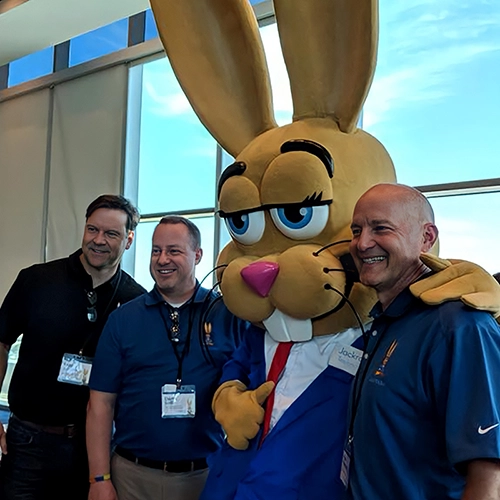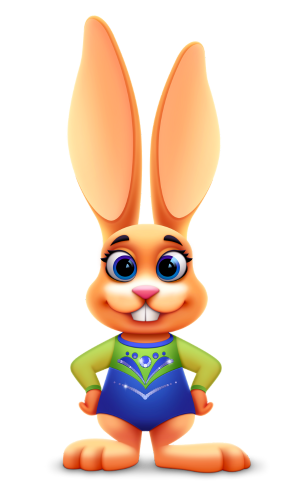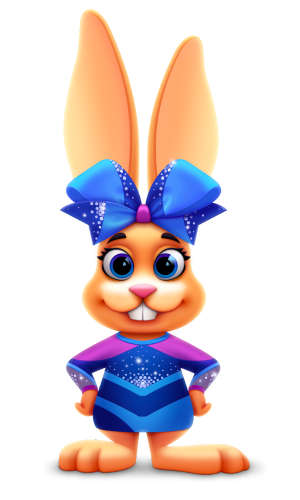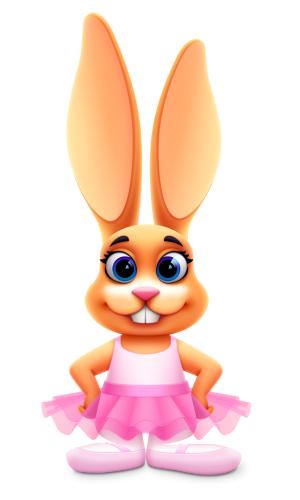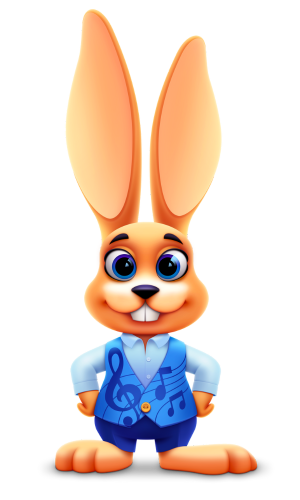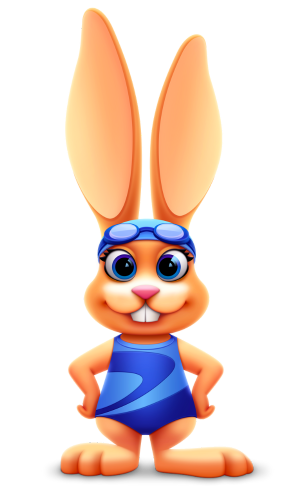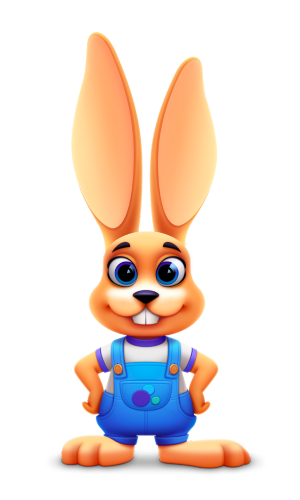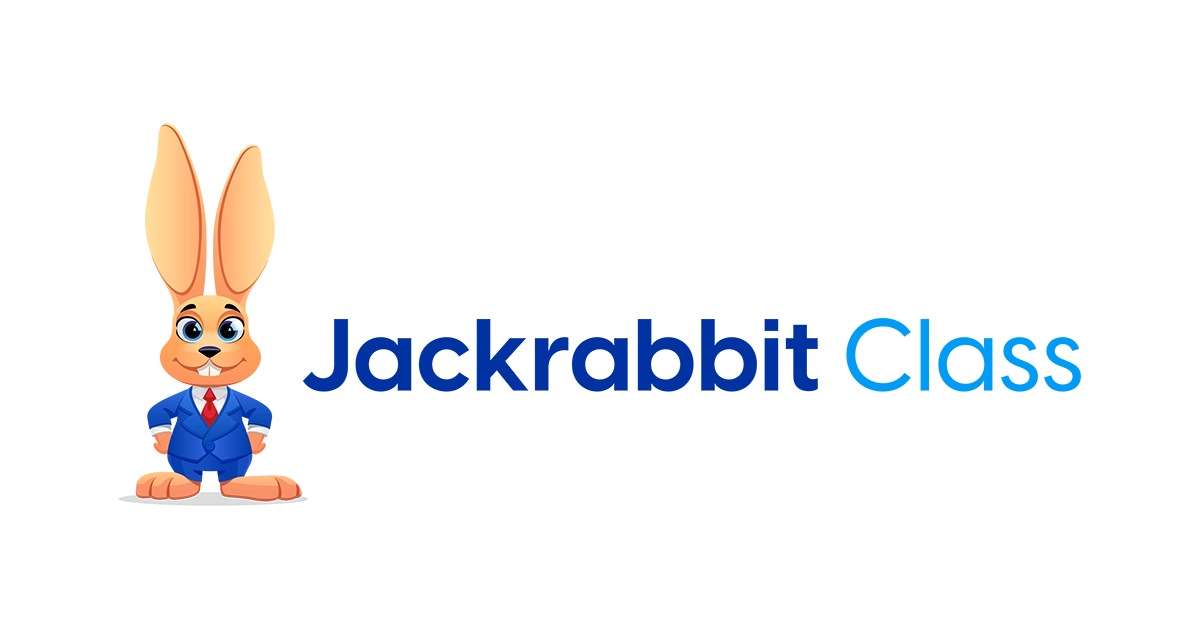How many times have you worked with people who just don’t understand you, or you do not relate to them? Isn’t it easier sometimes to work with people who are just like us? Yet if we were all the same, that would not be best for our organizations (or even for us, if we are willing to admit it.)
Some people are more relationship-oriented, while others are more task-driven. When these different types try to work together, they often have a breakdown in communication. Most workplaces include a mix of different personalities. We need all types to be successful, and it is important to provide people with the tools to communicate and relate to one another, even when they have different styles.
How can you help people get along better at work? Many organizations conduct a teambuilding program or use an assessment tool to help people understand each other better and improve communication. One of the most popular tools is the DiSC™ Personal Profile System. This assessment tool uses a four dimensional model to improve relationships in the workplace. It is ideal for enhancing communication, team building and addressing conflict.
When people take the DiSC™ assessment, they gain a clear understanding of their own behavioral style and how their style may affect others. In turn, people learn to recognize other people’s styles and approach those individuals according to their style preference.
What does DiSC™ mean? People can experience the following four dimensions, which can lead to respect and valuing the other styles for more effective relationships at work. See if you recognize any of these in your colleagues:
D-Dominance – This style tends to be direct and to the point. They are driven and results-oriented.
I-Influence – This style values relationships. They are great at persuading and influencing others.
S-Steadiness – This style also values relationships. They are loyal and reliable.
C-Conscientiousness – This style is detail-oriented and focused on quality. They are accurate and logical.
The DiSC™ tool can be administered to just one individual or to a team. (It is not designed for pre-employment screening.) When used properly, the tool allows individuals to explore and develop strategies to increase productivity and facilitates collaboration with others. It highlights personal talents and strengths, as well as areas for development.
Most people have one style that is predominant. The key is not to “label” each other, but to figure out how to identify styles and best communicate with each other. This enhances our productivity and helps us come to even enjoy working with people who may not be just like us!
The Employers Association
